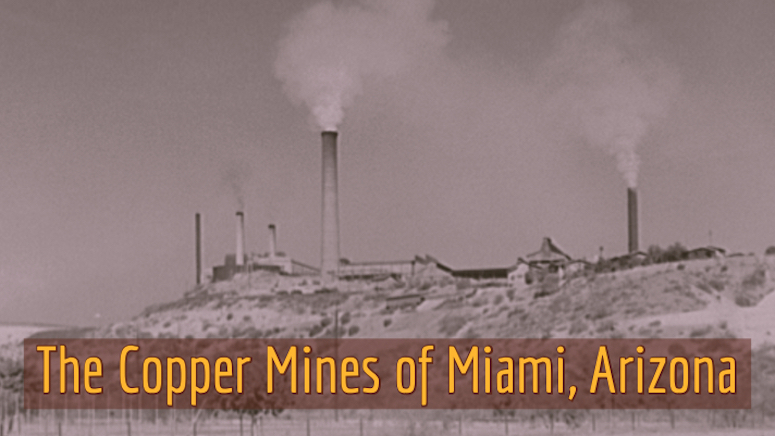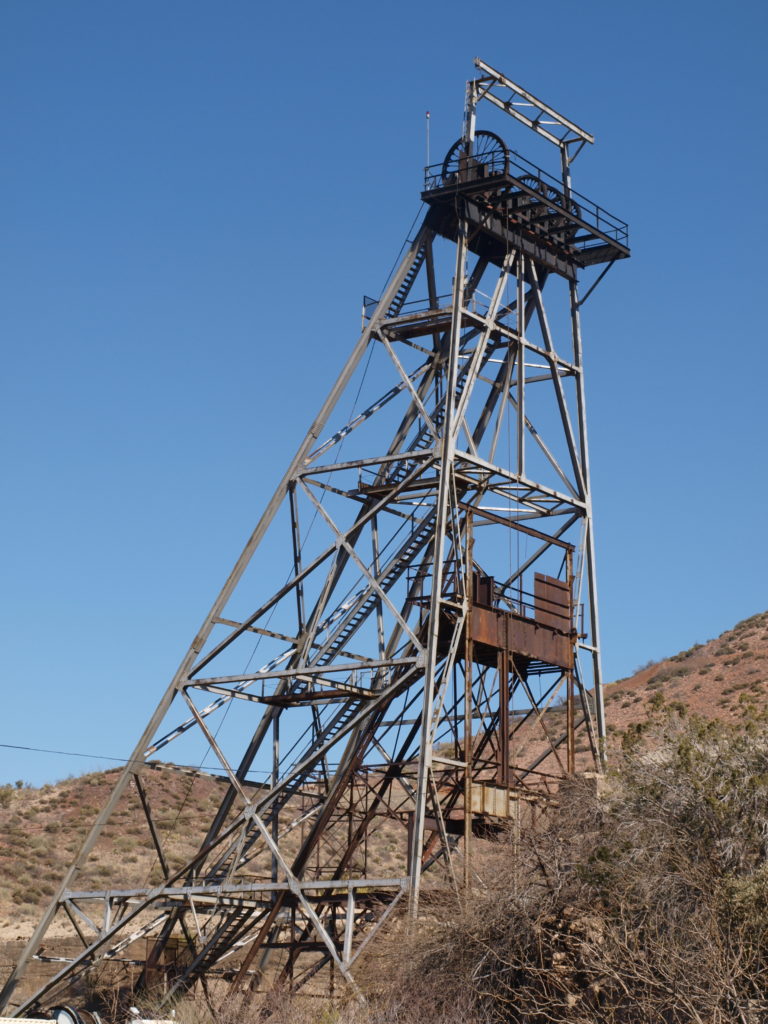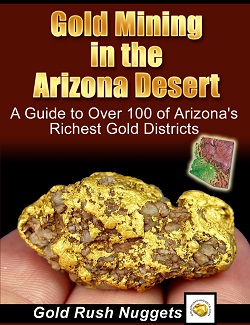
Mining has been one of America’s most significant drivers of growth—the many thriving towns and cities of today are a testament to how the industry has transformed the American landscape.
One example of these boom-towns is Miami, a former copper-mining town in Central Arizona that saw rapid development at the turn of the 20th century. Despite its relatively small size, Miami’s history gives great insight as to the development of the entire American southwest.
Interestingly enough, Miami’s claim to a colorful history just might be literal. Before the copper industry began to boom, it was gold and silver that spurred development of the area. The early Spanish, Mexican and American prospectors who roamed the southwest back in the day ignored copper altogether, searching the region for these other minerals.
Early Mining in the Southwest
In 1736, the Plancas de Plata, a rich deposit of virtually pure native silver was discovered at a mine called the “El Real de Arizonac” in what is now present-day Arizona. The Spanish still controlled the southwest at this time, and development was slow due to the territorial disputes and the remoteness of the area. However, this find helped increase awareness of the mineral riches of the region.
When the United States took over after the Mexican-American War and the Californian gold rush boomed in the 1850s, mining activity began in earnest. Placer mining, and eventually lode, open pit and leaching methods allowed American miners to unearth the area’s mineral riches over the next two decades.
Gold to Silver to Copper…
As Californian gold output began to decline in 1870s, silver was thrust into the spotlight and Arizona was further developed until 1893, when the government stopped coining silver and prices dropped. In the same year, Tesla unveiled the alternating current (AC) electricity system which made use of copper as an excellent conductor. These factors thus drove the growth of the copper mining industry, and the first movements into the Miami area of Arizona.
The Miami Wash-Pinto Creek area was known for very large porphyry deposits, an ore through which copper is dispersed. Because this was harder to mine at the time, priority was given to the copper veins and deposits surrounding Globe, a neighboring town 7 miles east of Miami. Eventually, as technology advanced and porphyry-mining became more efficient, interest in the Miami area boomed.
Over the coming decades, central Arizona became one of the richest copper regions in the United States. The mines of Globe and Miami created jobs for thousands of men. The copper boom was on.

Rise of the Miami Copper Mines
In 1906, the Miami Copper Company was established and work on the claims in the area began. Many of the early miners residing in Globe would simply walk out to the mines in Miami and return home at the end of the day.
In 1908, an enterprising businessman named Cleve W. Van Dyke saw an opportunity to provide housing for these miners and further develop the area. He purchased a tract of land on the upper end of Miami Flats. This parcel was owned by the Miami Land and Improvement company and would later become what is known today as downtown Miami.
Van Dyke also purchased adjacent tracts of land, accumulating it with the intent to build a “planned community”. His creative marketing and advertisement in local newspapers culminated in what is known as the “Miami Townsite Day”, a collective bidding for real estate in Miami that happened on October 11, 1909.
In the same year, an extension of the Gila Valley Globe & Northern Railway was completed from Globe to Miami, further fueling an already developing town. As with most boom-towns, what was once a barren area swelled rapidly in population size almost overnight. General stores, restaurants, bakeries and hotels dotted the landscape.
Through the 1920’s and 1930’s, the population of Miami swelled to nearly 8,000 people. The copper ores were extensive, and the potential for mining in the area seemed endless.
Also Read: The Spectacular Copper Mining History of Butte, Montana

Open Pit Mining Operations Transform the Landscape
Copper mining continued to be mined underground until after the 1940s, when open pit mining began in the area. Freeport-McMorRan currently owns the Miami Mine (formerly called the Inspiration Mine), which is made up of an open pit copper mine, a solvent extraction and electrowinning (SX-EW) plant, a 590,000 metric-ton-per-year capacity smelter and an electrolytic refinery and rod plant.
To this day, the copper industry remains responsible for most of the jobs in Miami. The efficiency of mining today has continued to increase copper production.
In 2017, Miami produced 19 million pounds of copper and employed 740 people. The area is quite amazing to visit, with massive mines all over the surrounding hills.
Today, Miami is a fascinating place for mining history buffs to explore. Many of its historical buildings are still standing, such as those on the old Main Street and the Bullion Plaza Museum, a lovely stone building that was once the town’s grammar school. You can take a self-tour of the Old Dominion Historic Mine Park and explore the old mine workings from this old mining operations.
Miami, Arizona is not the biggest or busiest town in America, but it retains its old-world historical charm and remains a testament to the lasting impact of the mining industry.

Next: Rich Spots to Find Gold in the Bradshaw Mountains
Also Read: Metal Detecting for Gold Nuggets in Arizona
And: Early Spring Gold Prospecting in the Desert

